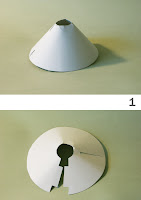 http://www.greenfusefilms.com/
http://www.greenfusefilms.com/Here is a link to a documentary i found.
It is about different artists and scientists who work with paper. There is also Robert Lang in it, who we saw in our last lecture. But unfortunately there is no screening of the movie in Australia.
















